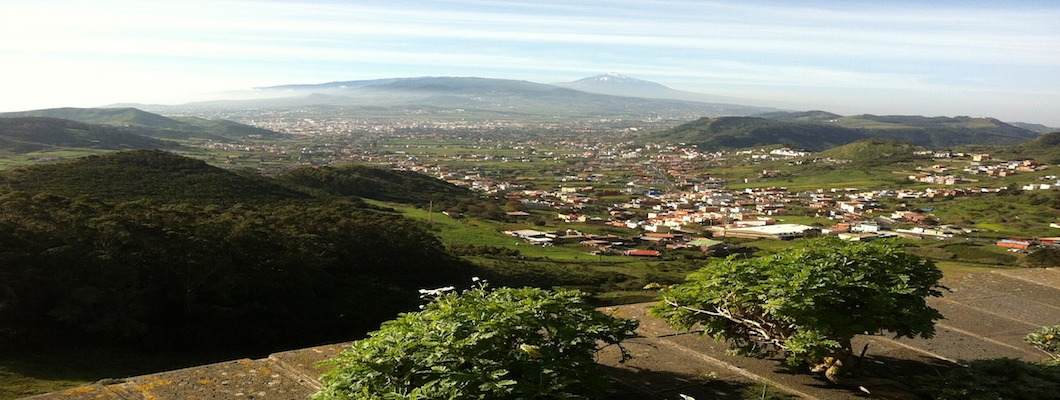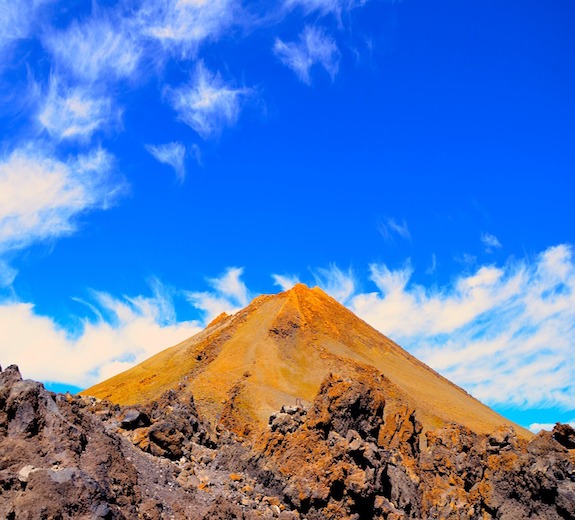 Tenerife is undoubtedly the largest of the Canary Islands and a hotspot for tourists, especially those who want to have a wild time out. Tenerife is located off the northeastern coast of Africa with a suitable climate and year-round sun whether it is summers or winters.
Tenerife is undoubtedly the largest of the Canary Islands and a hotspot for tourists, especially those who want to have a wild time out. Tenerife is located off the northeastern coast of Africa with a suitable climate and year-round sun whether it is summers or winters.
The weather remains generally mild and the temperature ranges between 70 to 85°F even if it is snowy on the mountain. Knowledge about the temperature conditions of Tenerife can facilitate your visit and make sure that your vacations do not get spoiled by little rain that the area may receive.
July and August remain to be high summer months in Tenerife and the tempreature does not fall below 80°, all over the island. However, the northern part of Tenerife is a bit cooler due to the presence of beaches and the prevailing trade winds on the Canary Islands. Months of July and August remain completely dry and humidity is very low.
Tenerife shares the same latitudinal statistics as that of Sahara deserts and similar to the deserts, the area also experiences rain and remains cool during the month of December. However, at day time temperature are generally warm with the lowest being 70°. Even if it rains heavily, it is restricted for about five days throughout the month. January is the coolest month throughout the year but February and March remain pleasant.
North Tenerife
The northern and north-eastern part of Tenerife are the wettest and coolest but in totality, the island is not should see much rain. The area near San Cristobal de La Laguna receives about 14 inches of rain on yearly basis and the wettest months remain to be November, December and January. San Cristobal also receives so about 2 inches of rain during these months. Temperature may drop a few degrees in order to make the region cooler. One may often experience huge cloud banks here.
South Tenerife
Santa Cruz is the southernmost end of the island and remains warm generally. There are very little chances of rain and the area generally remains clear. A subtropical climate is experienced in the region with not more than 9 inches of rain per year. The months of January and February are the rainiest bit an average of 1.4 inches of rain but the average temperature remains clean 65 to 70°F.
El Teide
El Teide is the largest mountain with a height of 12,000 feet and the mountain range even receives snow during winter.
Photo Credit: Pixabay Shutterstock
